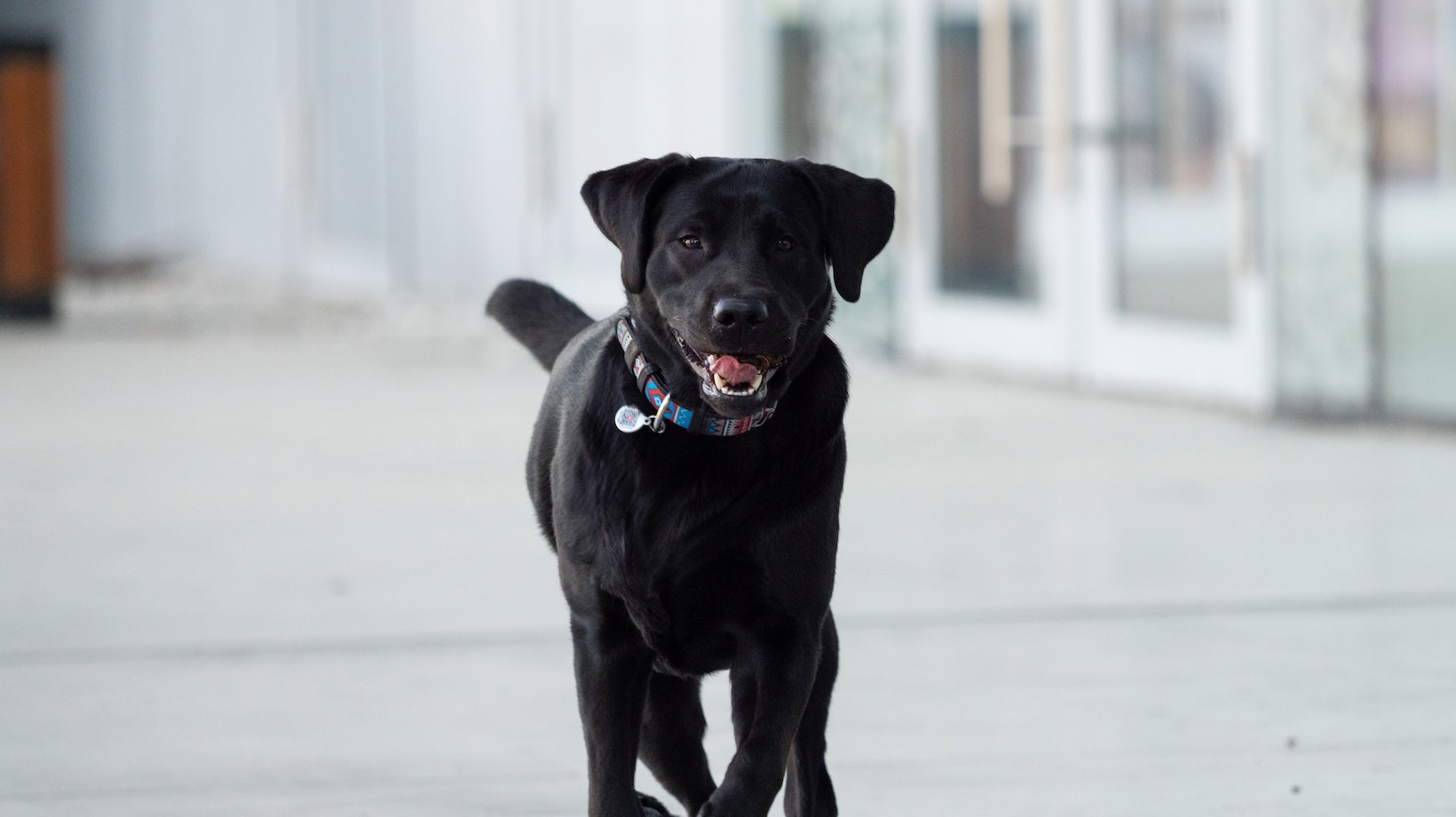Why Is My Dog Wagging His Tail
If you’re wondering why your Labrador is wagging his tail, there could be a few reasons behind this enthusiastic behavior. Tail wagging in dogs is often associated with happiness and excitement, but it can also convey other emotions or messages. Understanding the context and body language of your furry friend can help decipher the meaning behind their wagging tail.
One possible reason for your Labrador’s tail wagging is sheer joy and eagerness to interact with you or others. Labradors are known for their friendly and sociable nature, so a wagging tail might simply indicate their enthusiasm to greet or play with you. It’s their way of expressing happiness and anticipation.
However, it’s important to note that tail wagging isn’t always a sign of positive emotions. Dogs may also wag their tails when they are anxious, fearful, or even aggressive. Pay attention to other cues from your Labrador such as body posture, vocalizations, and facial expressions to get a better understanding of their emotional state.
The Different Types Of Tail Wagging And Their Meanings
- The Excited Wag: This is the classic “happy” wag that most people associate with dogs. It’s when your Labrador’s tail vigorously wags back and forth, almost like a windshield wiper. You’ll often see this type of wag when you come home after being away for some time or when you’re about to take them out for a walk.
- The Submissive Wag: Dogs use this type of wag to show deference or submission. It’s characterized by a low, slow wag with the tail tucked between the hind legs. Your Labrador might display this behavior when they encounter unfamiliar dogs or people they perceive as dominant.
- The Alert Wag: When your dog is on high alert, their tail will stand up straight and stiffen while slightly vibrating at the tip. This type of wag indicates that your Labrador is aware of something in their surroundings that has caught their attention.
- The Nervous/Fearful Wag: A nervous or fearful dog may have a slight side-to-side wag with their tail held low or even tucked tightly between their legs. This type of wag can also be accompanied by other signs of anxiety, such as flattened ears or dilated pupils.
- The Assertive/Aggressive Wag: An assertive or aggressive dog will hold its tail high, rigidly upright, and may even give quick snaps during the wagging motion. This type of tail movement signifies dominance and aggression, so it’s essential to approach such situations with caution.
Remember that interpreting a dog’s body language involves considering other cues alongside tail wagging patterns. Factors like the position of their ears, body posture, and vocalizations can provide additional context to better understand your Labrador’s emotions.

Signs Of Happiness: A Joyful Tail Wag
- The Speed and Direction Matters The speed and direction of your dog’s tail wag can provide important clues about their emotional state. A fast and wide wag usually indicates excitement and happiness. On the other hand, a slow and gentle wag could signify relaxation or contentment.
- Whole Body Involvement A joyful tail wag often involves the whole body. You may notice your Labrador wiggling their hips, bouncing up and down, or even spinning around while their tail wags happily from side to side. This enthusiastic display shows pure delight and eagerness to interact with you or other dogs.
- Positioning of the Tail Pay attention to the position of your dog’s tail during the wagging motion as it can convey different meanings too. When held high in an upward position, it suggests confidence and assertiveness. On the contrary, a tucked tail between their legs could indicate fear or anxiety.
- Contextual Cues To fully understand why your Labrador is wagging its tail, consider the context in which it occurs. If they’re greeting you at the door with a vigorous wag accompanied by jumping and barking playfully, it’s likely a clear sign of happiness upon seeing you again.
- Non-Verbal Communication Remember that dogs primarily communicate through non-verbal cues such as body language, including tail movement. By observing these signals along with other behaviors like relaxed facial expressions, open mouth panting (not excessive), and playful demeanor, you can better gauge your pup’s overall mood.
In conclusion, A joyfully wagging tail in your Labrador is a heartwarming sight that signifies their happiness and positive emotions. Remember to consider the speed, direction, positioning, context, and other non-verbal cues to fully understand the message your furry companion is trying to convey. And always cherish those moments when their tail wags with pure joy!